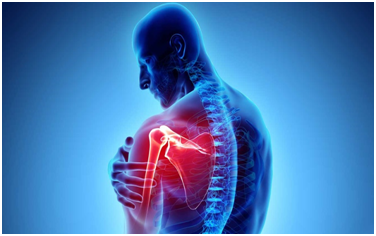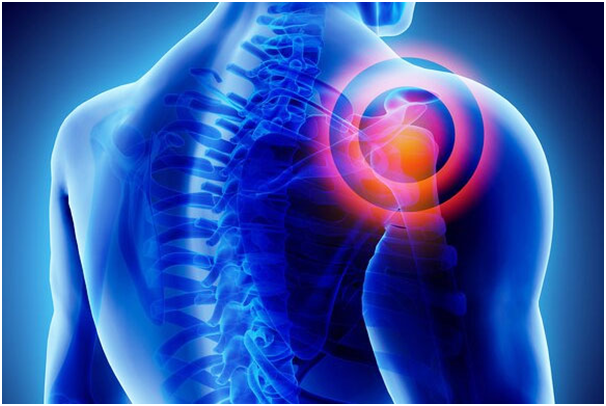| Category | Joint & Soft Tissue Injections |


Ultrasound-guided Needling & Lavage (BARBOTAGE) for Rotator Cuff calcific Tendinitis
Shoulder pain is a very common condition. About 5% to 50% of the population suffers from it per year. The chance of having shoulder pain in a lifetime is up to 70%.
The common causes of shoulder pain are:
The most common causes of shoulder pain are rotator cuff tendinopathy (maybe due to sports injury). If there is a tear in the rotator cuff shoulder tendons, there will be pain and restricted movements. Among all these tendinopathies, supraspinatus tendinopathy is the most common. Surgery was the main treatment for a tear in earlier days, but now, regeneration therapy with platelet-rich plasma is the most popular and effective non-operative treatment for these tears.
Diagnosis: The treatment plan depends on the exact diagnosis of shoulder pain. Apart from a thorough history and clinical evaluation, the most important bedside evaluation is the evaluation of the shoulder with ultrasonography. In the majority of situations, clinical evaluation and ultrasound evaluation together make a diagnosis. X-ray, CT scan, or MRI is needed only in specific situations.
Initial treatment of shoulder pain: These are mostly conservative with simple exercises, hot or cold compress, and analgesics. But in presence of tendon tears, exercises are avoided.
The doctor will clean the area over the joint and insert a small needle into the fluid-filled area around the joint bones under imaging guidance. When it is in the correct position, they will inject the PRP into the joint. They will remove the needle and cover the injection site with a small dressing.
Occasionally it is difficult to inject much medicine into the joint space, especially if the joint is extremely swollen. If this is the case, other medicines may be prescribed to reduce the swelling before the injections are tried again.
We have a very fast and competent working team (Consultant, fellow, clinical assistant, technician, and ward assistant) which provides you with a comfortable atmosphere and eases your nerves. The usual time of stay is around a few hours.
Every procedure carries a risk, although this is extremely small. The risk of infection with this procedure is extremely small as no incisions are made in the skin.
You can resume your work after 1 day if the existing disease allows.
Platelet-rich plasma is a form of regenerative medicine. It uses injections of your own blood platelets to help with healing.
Platelets, or thrombocytes, are a type of blood cell. Their main function is clotting blood. They’re produced in your bone marrow. Platelets contain growth factors. These are proteins that may be helpful in healing injuries.
A healthcare professional will collect a small amount of your blood (approx. 15-20 ml only). They will place your blood into a centrifuge. This spins your blood at different speeds until it separates into different layers. One layer is the platelet-rich plasma. This layer of plasma may have as much as three-four times more platelets than regular blood.
The platelet-rich plasma will then be injected into your affected area. We will first numb the area with a local anesthetic. The pain at the site may increase for the first 1-2 days. It could take 1 week before you feel any improvement.
The effectiveness of platelet-rich plasma treatment depends on several factors, including:
Many clinical trials have supported its use.
Some studies have found that platelet-rich plasma injections significantly reduced pain compared to placebos. People’s physical function also improved significantly. These benefits continued at 3-, 6-, and 12-month follow-ups.
There’s no chance of an allergy or immune reaction to platelet-rich plasma treatment because the plasma is taken from your own blood. Side effects and complications are rare.